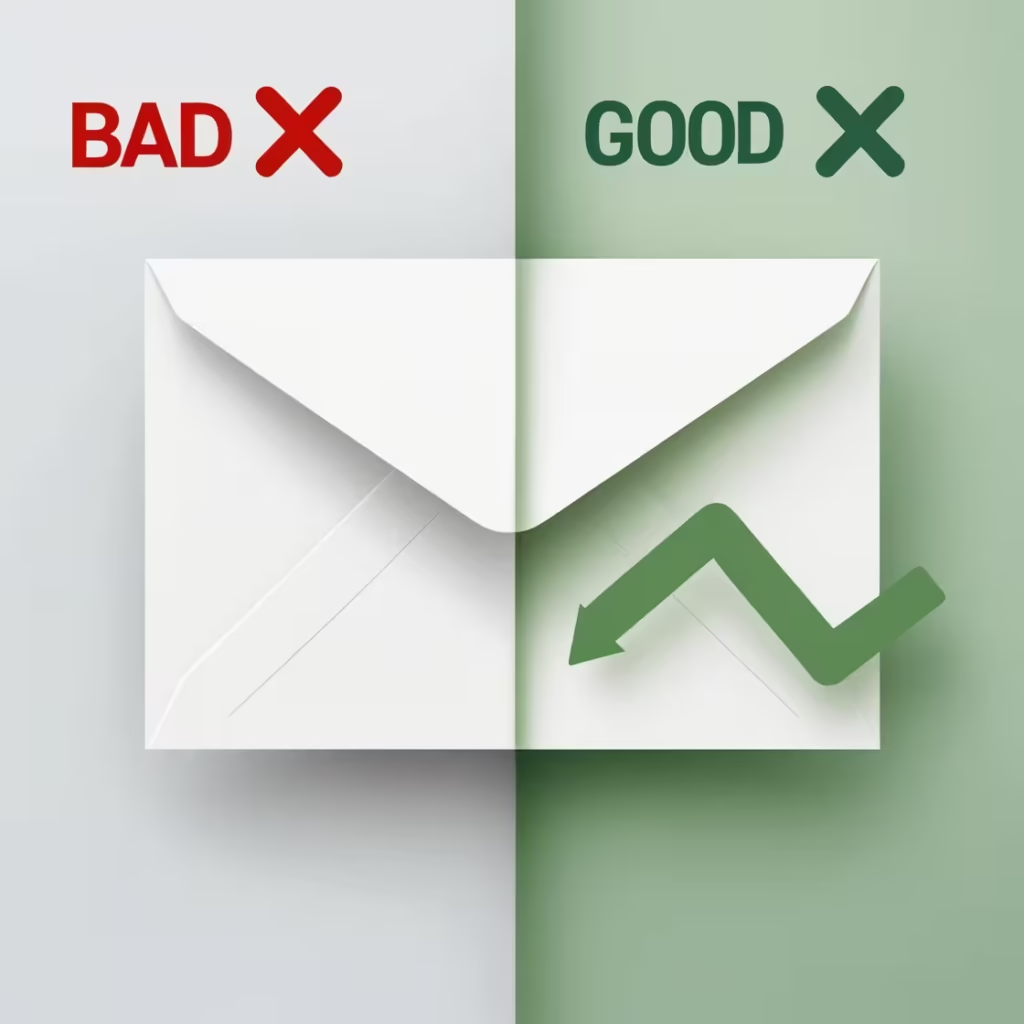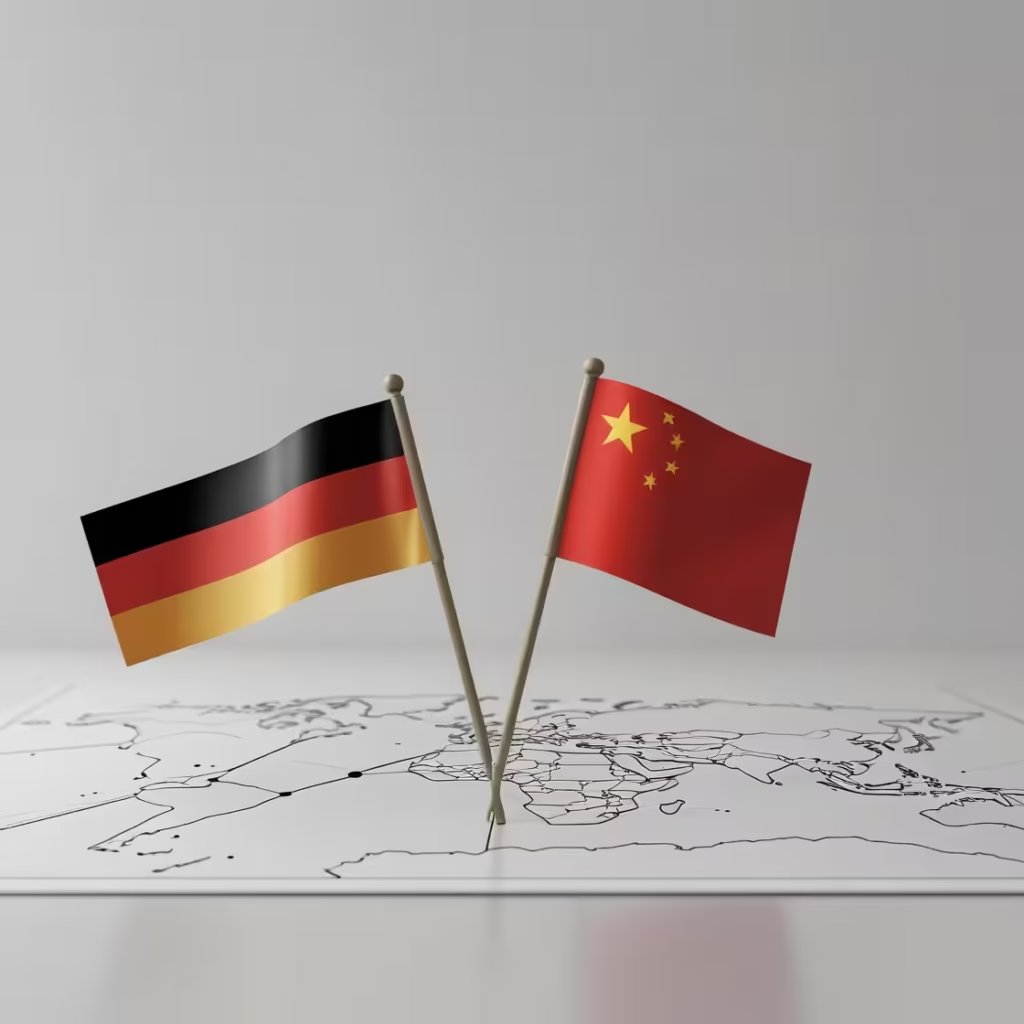Doing Business with Germany: The 3 Hidden Communication Challenges of Importing & Exporting

Germany is a global economic powerhouse, ranking among the world’s top exporters and importers. In 2024, Germany’s total exports were valued at US$1.69 trillion, while its imports of machinery, components, and raw materials from China accounted for $174.53 billion (or 11.91%) of Germany’s imports. Whether you’re exporting to Germany or importing from Germany, mastering German import & export communication isn’t just a nicety—it’s the critical factor that builds lasting partnerships and prevents costly delays.
In this guide, we reveal the 3 hidden communication challenges that can derail your deals—and show you how to overcome them to unlock smoother negotiations, stronger relationships, and greater success on both sides of the trade.
1. Precision & Formality: The Heart of German Business Communication
Why It Matters for German Import & Export

If you are trading in Germany it is crucial to understand both culture and language, whether you are speaking to a German client or writing a email in German.
- Exporters: A vague request for “specs” can result in shipped products that don’t meet German standards.
- Importers: An unclear purchase order may lead to receiving the wrong components or incomplete documentation, delaying customs clearance (Zollabfertigung).
Make sure you and your team have German trade email templates
Bad Email Example (Export):
“Hi, send specs for model X. Thx.”Good Email Example:
“Sehr geehrte Damen und Herren,bitte senden Sie mir die technischen Spezifikationen für Modell X bis zum Ende der Woche. Vielen Dank im Voraus.
Mit freundlichen Grüßen,
[Ihr Name]”
Actionable Tips for German Import & Export
- Use formal greetings (Sehr geehrte Damen und Herren; Sehr geehrter Herr Müller) and sign-offs (Mit freundlichen Grüßen).
- Address contacts by title + surname until invited to use first names.
- Be specific: include deadlines, part numbers, Incoterms (FOB, CIF), and precise quantities.
Struggling with the right tone? Book our training
2. Directness & Objectivity: Turning Bluntness into Business Efficiency

The German Negotiation Style
Known as Sachlichkeit, German business culture values direct, data-driven discussions over small talk. Misreading this as rudeness can halt deals:
- Exporter Scenario: A direct email asking “Is your price final?” may offend a supplier if not phrased with context.
- Importer Scenario: A blunt “When can you ship?” might be seen as abrupt, risking the relationship.
Phrases to Keep It Professional
- Könnten Sie bitte die Lieferbedingungen erläutern?
- Ich möchte gern Ihre Zahlungsbedingungen besprechen.
- Würden Sie mir eine aktualisierte Proforma-Rechnung zukommen lassen?
Preparation & Training
Simulate real-world negotiation sessions with native speakers, focusing on:
- Role-playing supplier/exporter calls
- Crafting data-backed proposals
- Responding to objections with objective, fact-based answers
Try a consultation, We simulate real-world negotiations to prepare you for success
3. Industry-Specific Vocabulary: Speak Their Language

Key Terms for German Import and Export
| German Term | English Translation | Relevance |
|---|---|---|
| Antriebswelle | Drive shaft | Core component in machinery exports |
| Warenbegleitpapiere | Accompanying documents | Essential for both importers and exporters |
| Lieferbedingungen | Delivery terms | Defines FOB, CIF, DDP responsibilities |
| Zollabfertigung | Customs clearance | Critical for smooth import/export business |
| Kaufvertrag | Purchase agreement | Legal basis for any international trade transaction |
Tip: If you are importing or exporting to Germany, maintain a glossary of 10–20 industry terms for your team. Regularly review it in coaching sessions to prevent costly misunderstandings.
Bonus: Bridging China–Germany Import & Export

With China–Germany trade volumes surpassing €200 billion, communication gaps can be especially costly:
- Chinese exporters may rely on indirect, relationship-focused communication.
- German importers expect punctual, precise, and formal exchanges.
Our solution: Combine Business Mandarin training for German importers and Business German for Chinese exporters—complete with cultural coaching on email etiquette, negotiation style, german trade fair preparation and industry terminology.
Improve doing business in Germany, book language classes for Business and Trade,
Conclusion & Next Steps

Whether you’re navigating German export data, involved in China trade with Gerrmany or analyzing Germany import by country, the success of your trade relationships hinges on communication and language mastery. Overlook these hidden challenges, and you risk delayed shipments, legal headaches, and lost deals.
Ready to close the communication gap?
Schedule your free consultation with Adrian today and receive a custom language training plan—covering both exporting to Germany and importing from Germany—to help your team excel in international trade.
Check Related Posts:
